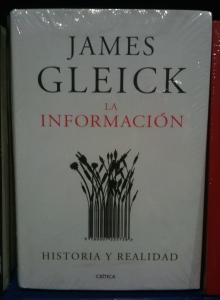My monstrous toes have ruined everything.
In Peru, I’m a giant—and not the Jolly Green Giant who smiles down from the frozen produce aisle—we’re talking fi-fi-fo-fum status. At 5-feet-7-inches, I tower over most Peruvians, both men and women. This comes in handy at markets or fiestas or bar fights, but it’s absolute hell when I’m shoe shopping.
My big, fat, American feet make it almost impossible to buy shoes in this country. And that’s a problem because the whole point of being a third-world ex-pat is so you can buy a whole bunch of inexpensive, unique clothing that you then wear to brunch in America. Basically.*
As I’m not exactly the most fashion-forward individual (I’d rate myself one step above a color-blind Canadian logger who still lives with his mother), I was looking forward to the new status my feet would confer. So, here’s how things were supposed to go:
“Ohmygosh, I just LOVE those! Where DID you get them?” immaculately dressed Brooklynite would squeal, pushing aside her waytooexpensive bloody mary and abandoning her perch at the bar in a waytooexpensive UWS eatery in order to examine those beauties just a li’l closer.
“Oh, these? I got them in Lima, as you do when you live in Latin America,” I’d reply suavely. That’s right girl-whose-hair-always-looks-nice, MIC DROP.
This one exchange would make all the traumatizing mold, all the food poisoning and all the crazytimePeru worth it. BUT NO. The universe has cursed me with sausages for digits.
So in Peru, businesses tend to segregate themselves depending on what they sell. That means that all the shoe shops are on one block. For a whole afternoon, I poked my head into one store after another and asked for size “cuarenta o caurenta y uno.”
One woman in pointy high heels had the decency to shake her head woefully. But the rest of them?
They laughed. And laughed. And chortled. And did that smirky thing where your head tilts a little and you kinda snort. Yeah, that.
Lo siento mundo para mi patrimonio italiano! *le sigh Anyone know a Canadian logger who’s looking for a flat-footed friend? I need to commiserate.
